

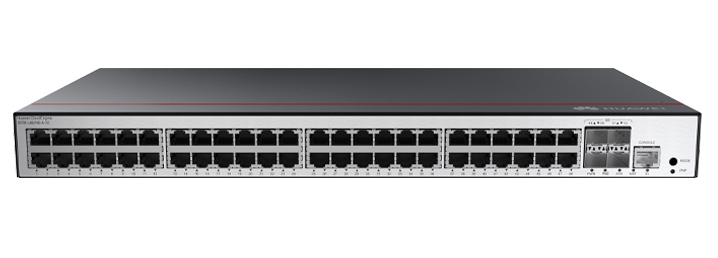
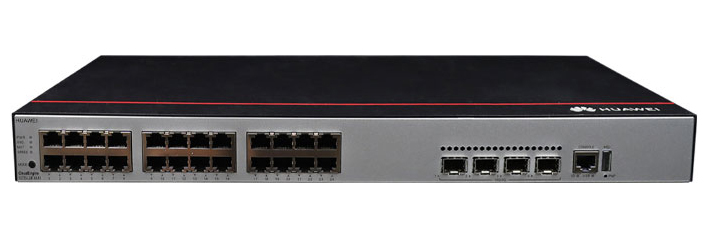
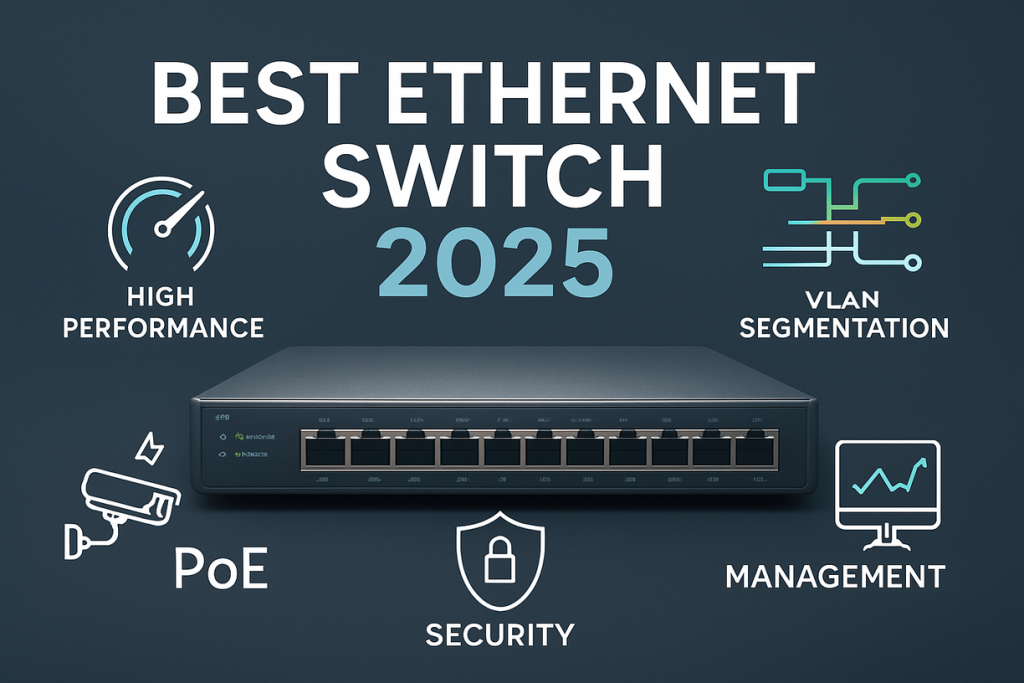


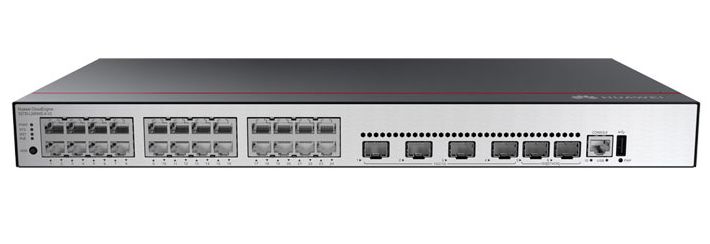
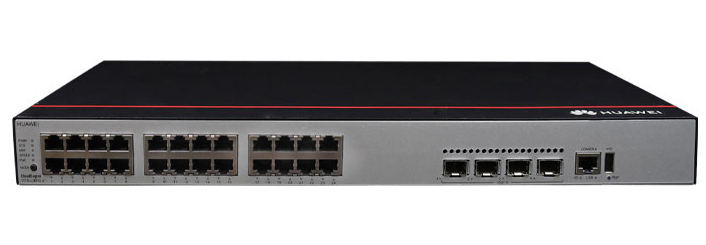

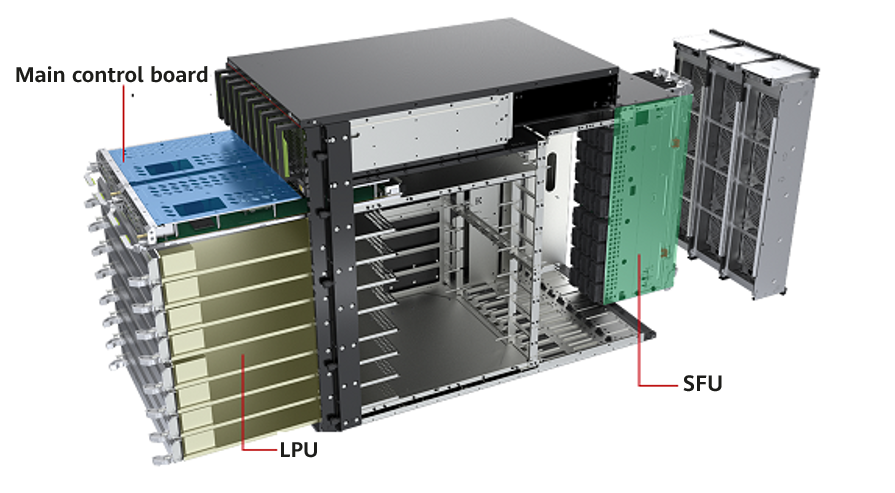

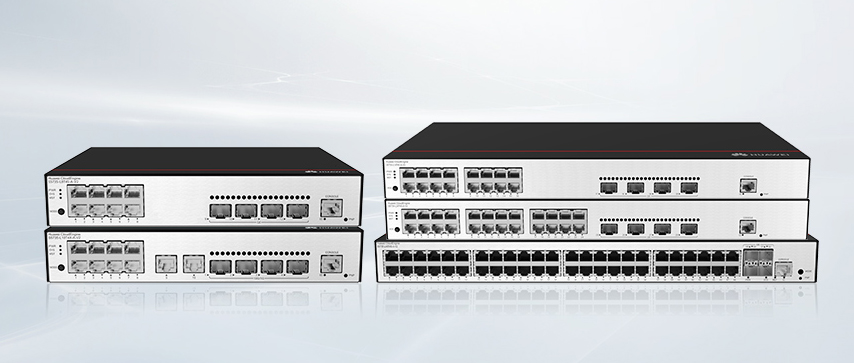
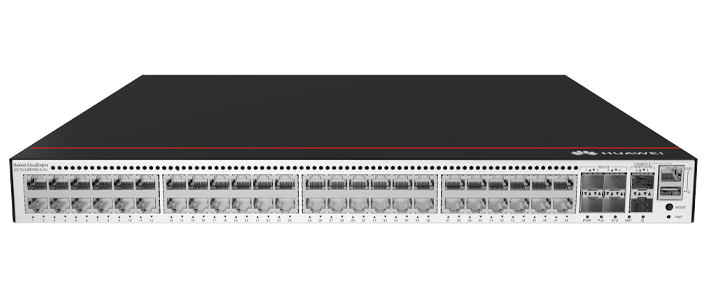
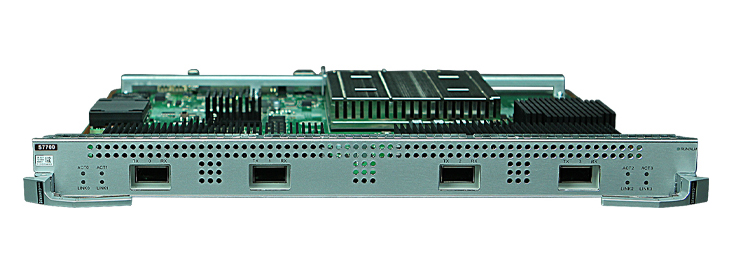

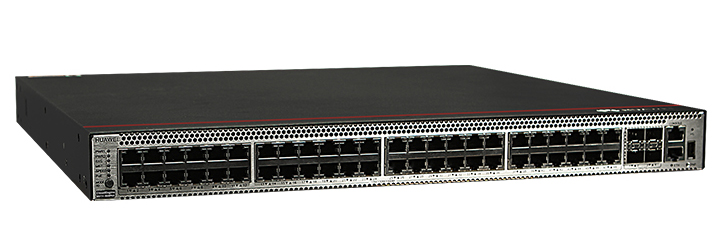
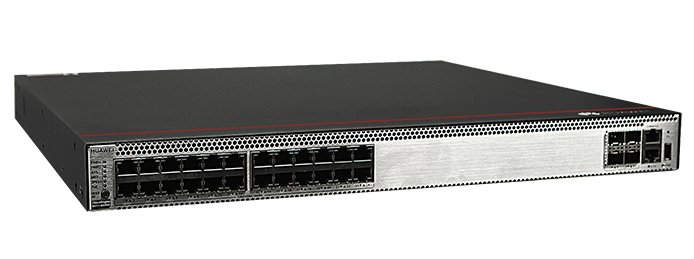
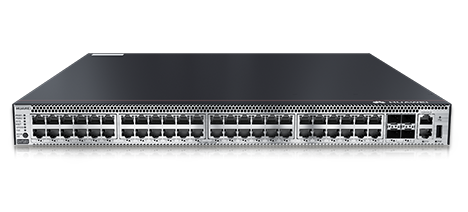
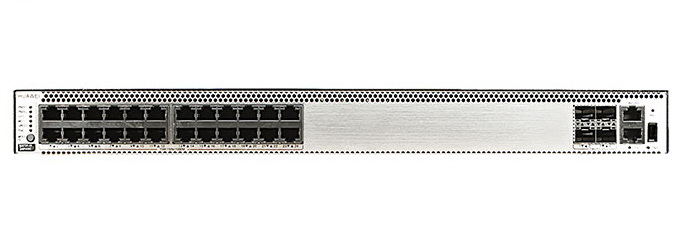
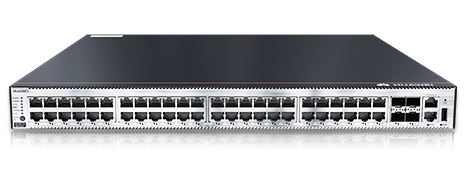
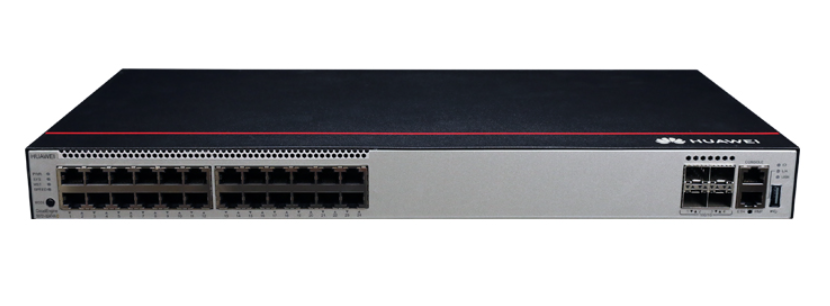
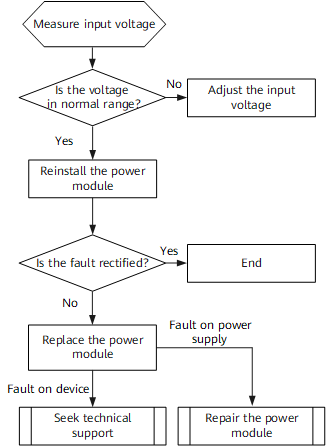
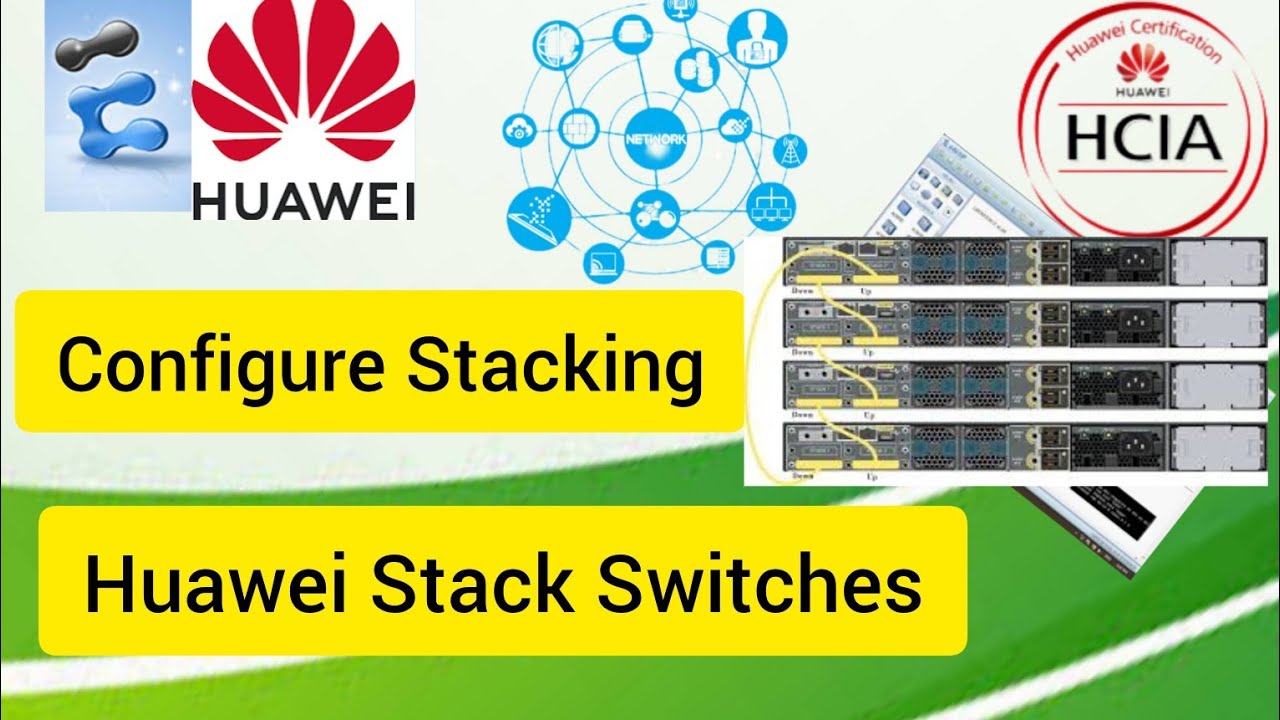
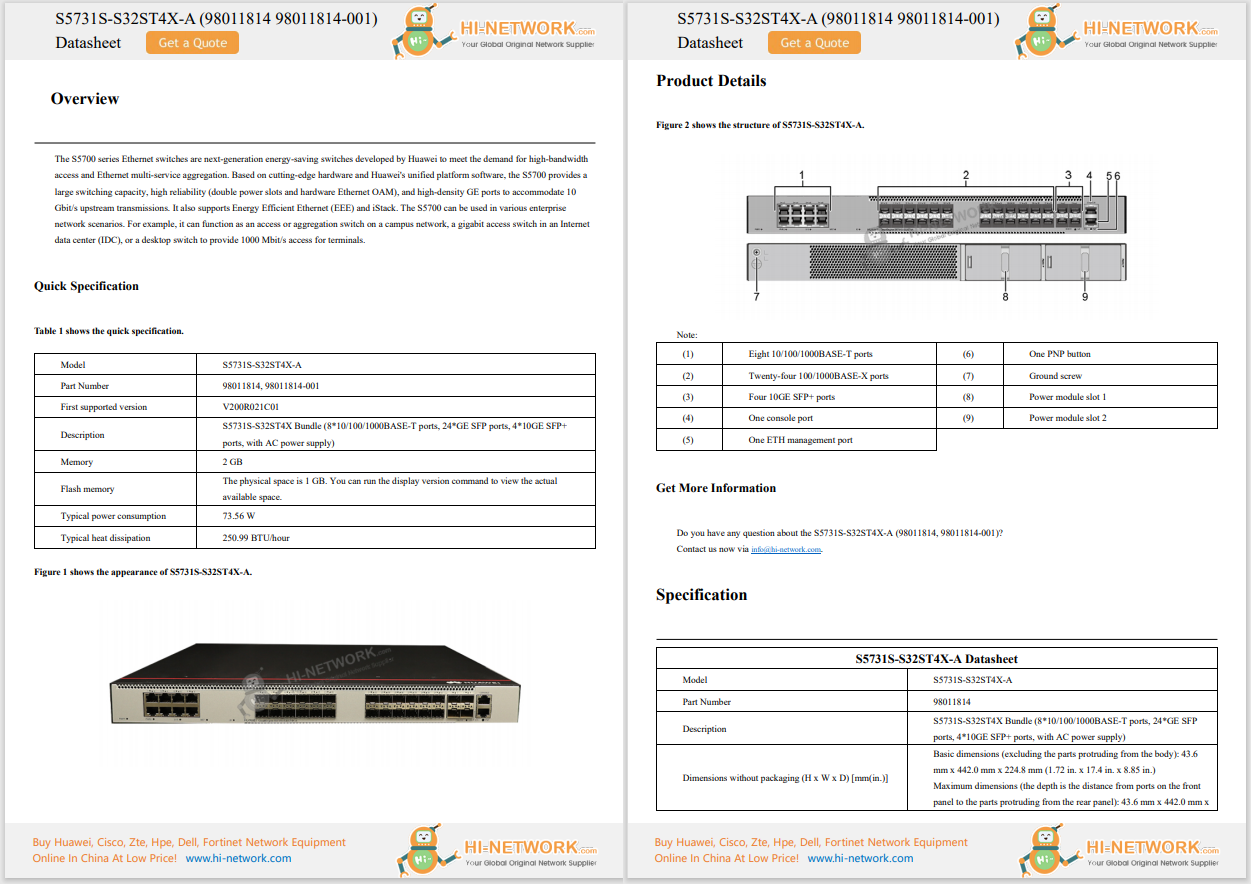
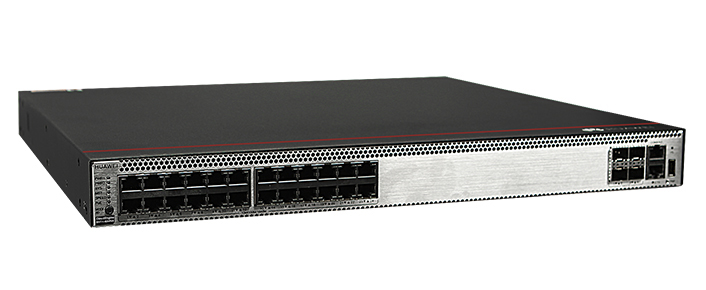
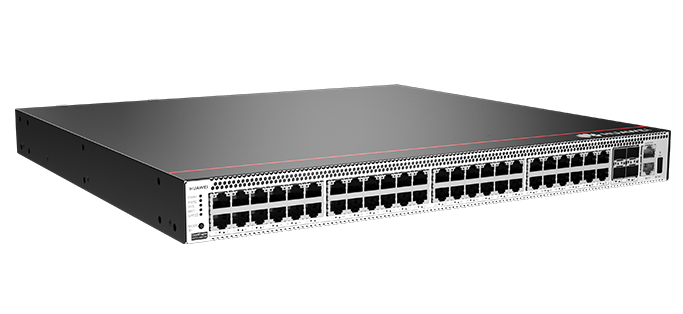
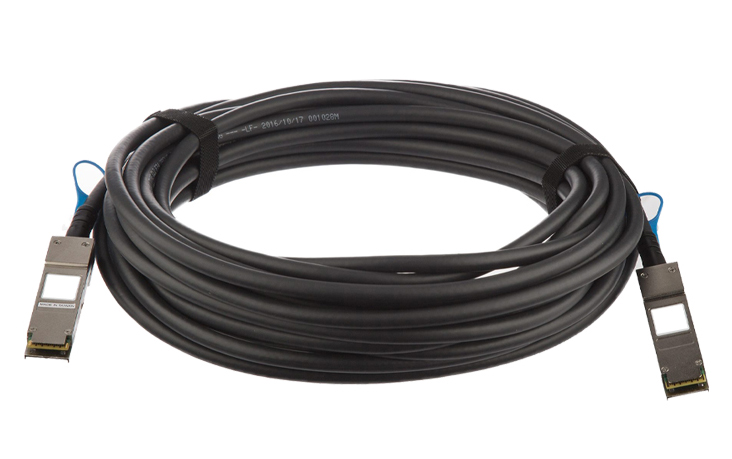
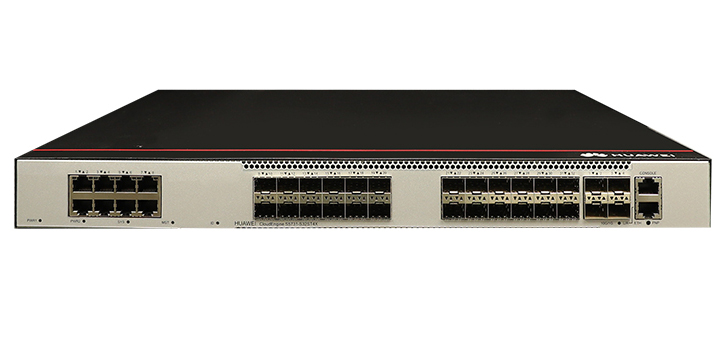
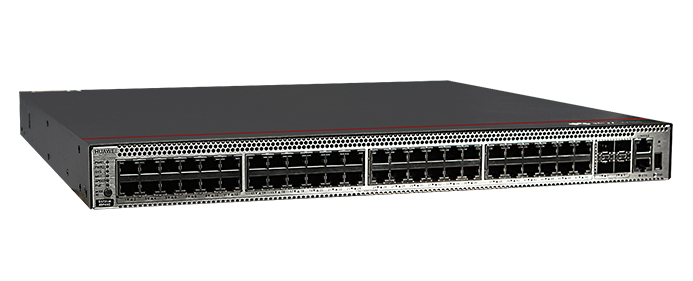
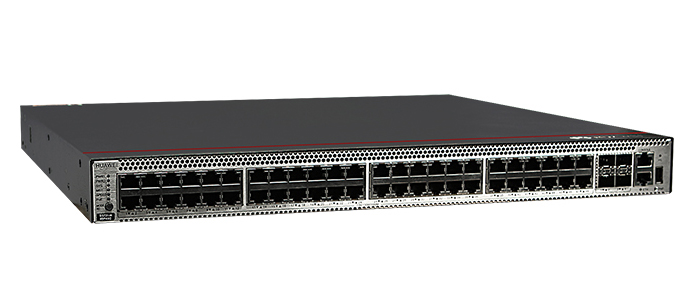

At the Cisco Live San Diego 2025 conference Security Operations Center (SOC), the SPAN (Switched Port Analyzer) traffic that we receive from the NOC is nearly 80% encrypted traffic. This means if we only investigate unencrypted traffic, we are missing most of the packets flying across the network. The Encrypted Visibility Engine (EVE) is a feature in Cisco Secure Firewall that provides visibility into encrypted TLS (HTTPS) traffic without needing to decrypt it. It leverages TLS fingerprinting to detect and classify applications, malware, and other behaviors in encrypted flows while preserving privacy.
We observed a machine with multiple alerts for malwareUpatre, a malware variant often used to deliver other payloads. The Upatre detections are associated with requests topcapp[.]store, a site that can serve legitimate software download functions, but which is also associated with adware and malware payload downloads. While investigating we also observed regular RDP connections to an Italian IP belonging to Expereo, a data management service.
Using Splunk to search the DHCP data, the host name indicated that the client was a Windows machine on the general Wi-Fi. We escalated an incident report to the NOC. Potentially the device could have been located using Wi-Fi access point data. Also, with endpoint telemetry we could truly validate a malwareUpatreinfection.
This investigation shows just how powerful network telemetry can be in an investigation, especially when the devices on the conference Wi-Fi network are unmanaged by the SOC.
Want to learn more about what we saw at Cisco Live San Diego 2025? Check out our main blog post - Cisco Live San Diego 2025 SOC - and the rest of the Cisco Live SOC content.
We'd love to hear what you think! Ask a question and stay connected with Cisco Security on social media.
Cisco Security Social Media
LinkedIn
Facebook
Instagram
X
 Tags chauds:
Cisco Live
Cisco Talos
Cisco XDR
Cisco Security Cloud
Cisco Secure Access
Cisco Breach Protection
Cisco User Protection
Security Operations Center SOC
Network Operations Center NOC
Tags chauds:
Cisco Live
Cisco Talos
Cisco XDR
Cisco Security Cloud
Cisco Secure Access
Cisco Breach Protection
Cisco User Protection
Security Operations Center SOC
Network Operations Center NOC